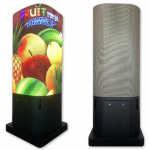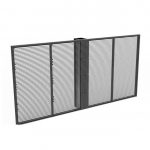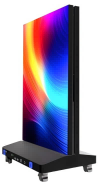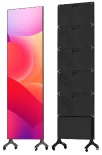Avoid “Caterpillar Patterns”: Fun Ways for LED Display Moisture Protection
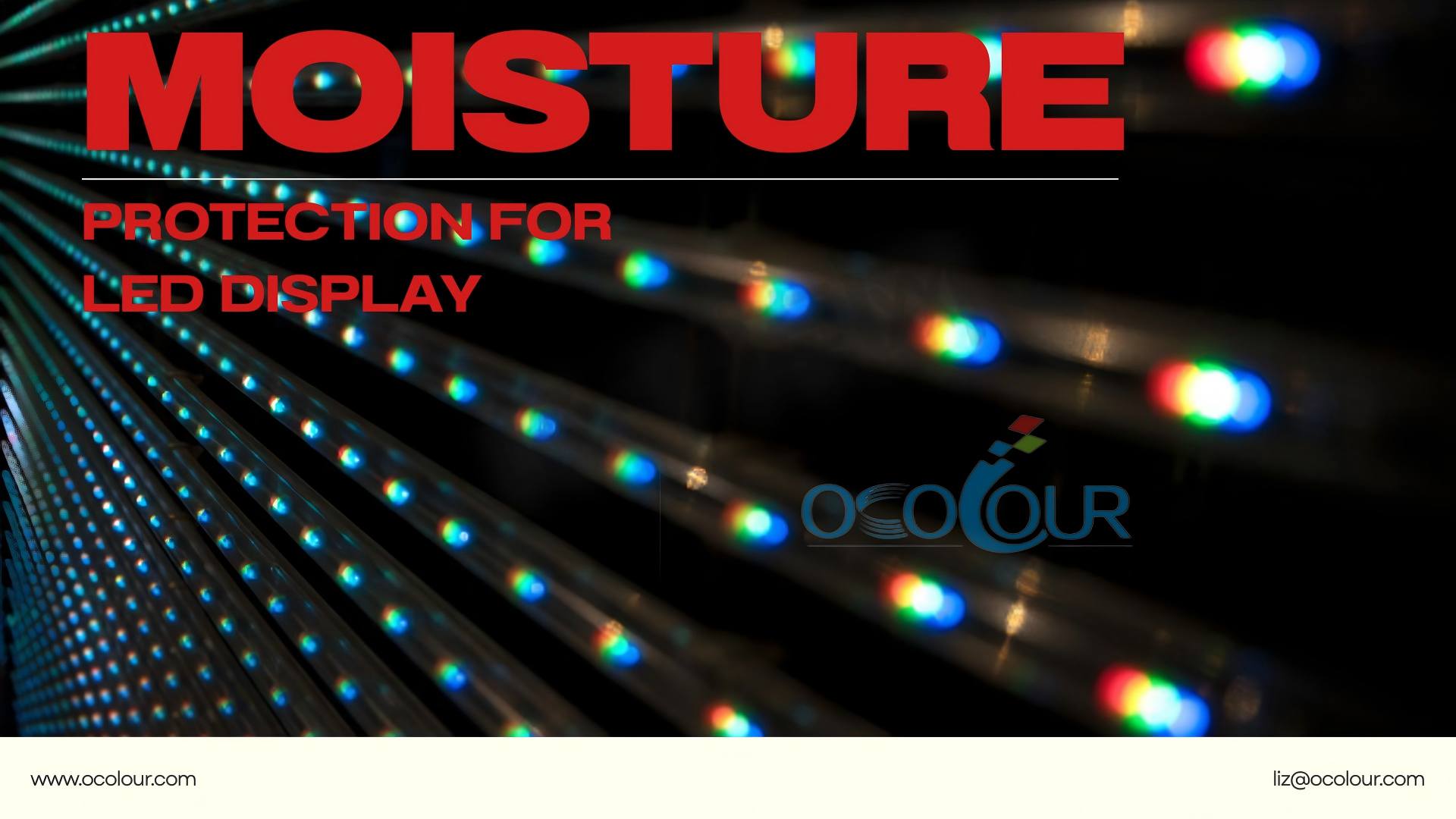
Recently, Typhoon passed through, and fortunately, the Guangdong region of China remained safe. However, the persistent rainy weather has left Shenzhen experiencing high humidity, creating challenging conditions for sensitive electronic devices.
We were recently contacted by a new client regarding a small-pitch LED screen installed near a private pool, which had been purchased from another supplier. Despite being only a year old, the screen had already developed noticeable “caterpillar patterns” due to moisture exposure, prompting a request for module replacement.
This situation highlights a common concern: how can we effectively protect LED displays from the pervasive effects of humidity? In the following sections, we share best practices and strategies that we implement with our clients to prevent moisture-related issues and ensure reliable, long-term display performance.
1. Waterproofing ≠ Moisture-Proofing
While waterproofing protects against liquid water, moisture-proofing targets vapor and humidity. The epoxy resin and plastic encapsulation materials used in LED components are permeable to water vapor molecules. Even if your outdoor LEDs are waterproof by structure, both indoor and outdoor LEDs are classified as moisture-sensitive devices.
2. Risks of Moisture in LED Displays
When humid air containing halogens enters LED packages and current is applied, electrochemical reactions occur. The result can be short circuits, leakage current, corroded electrodes, or delamination.
Typical symptoms include:
-
Dead LEDs or batch failures
-
String lighting errors or caterpillar patterns across the screen
-
Electrode corrosion leading to pad detachment
Case Example: A large indoor display left unused during a humid holiday season lit up with hundreds of dead pixels upon restart.
3. LED Screen Moisture Prevention Measures
Step 1: Storage of LED Components
-
Store LED components at <30°C and <60%RH.
-
Keep parts elevated with pallets, away from direct ground contact.
-
Use vacuum packaging, sealed dry bags, and desiccants.
-
For rental screens, ensure dry storage after use. Add dehumidifiers or drying agents to the storage space.
Step 2: Pre-Mount Baking of LED Components
Before SMT or mounting, always bake LED components to remove absorbed moisture:
-
For components confirmed as moisture-exposed or stored over six months:
-
Fine pitch LEDs: 60°C × 24h
-
Larger pitch LEDs: 70°C × 48h
This prevents cracking, shorting, and long-term reliability issues during and after reflow.
-
Step 3: Packaging of LED Modules
-
Store and transport LED modules and cabinets with vacuum packaging or sealed containers with desiccants.
-
Do not install LED screens alongside active construction projects, where dust and moisture levels are uncontrolled.
Step 4: Proper Operation of LED Displays
For fixed indoor/outdoor LED screens:
-
Keep the screen powered on regularly. With ambient humidity of 10%–60%RH, power up at least once per day, running for 4+ hours to expel moisture.
-
When humidity exceeds 62%RH, implement room dehumidification and extend operation to 8+ hours daily.
-
Ventilation tips: Open windows during dry daytime hours to accelerate evaporation; at night, close windows to prevent moisture backflow. Avoid opening windows during windless, humid conditions.
-
Regularly maintain the screen for better heat dissipation, reducing condensation risk.
For rental LED screens:
-
After use in rainy or humid conditions, perform dehumidification before repackaging.
-
Use pallets to elevate modules and avoid ground moisture contact.
-
Store with desiccants, dehumidifiers, or AC-based humidity control (avoid direct cold air blowing onto screens).
Long idle periods:
If the display has been unused for 5–10 days, dehumidify before powering up. Gradually increase brightness and temperature to drive out accumulated moisture safely.
4. Key Takeaway for LED Display Moisture Protection
The most effective and effortless way to prevent moisture damage is simple: use your LED screen regularly. Frequent operation, combined with correct storage, pre-baking, ventilation, and packaging, ensures your LED displays deliver stable, bright performance even during the dampest seasons.
